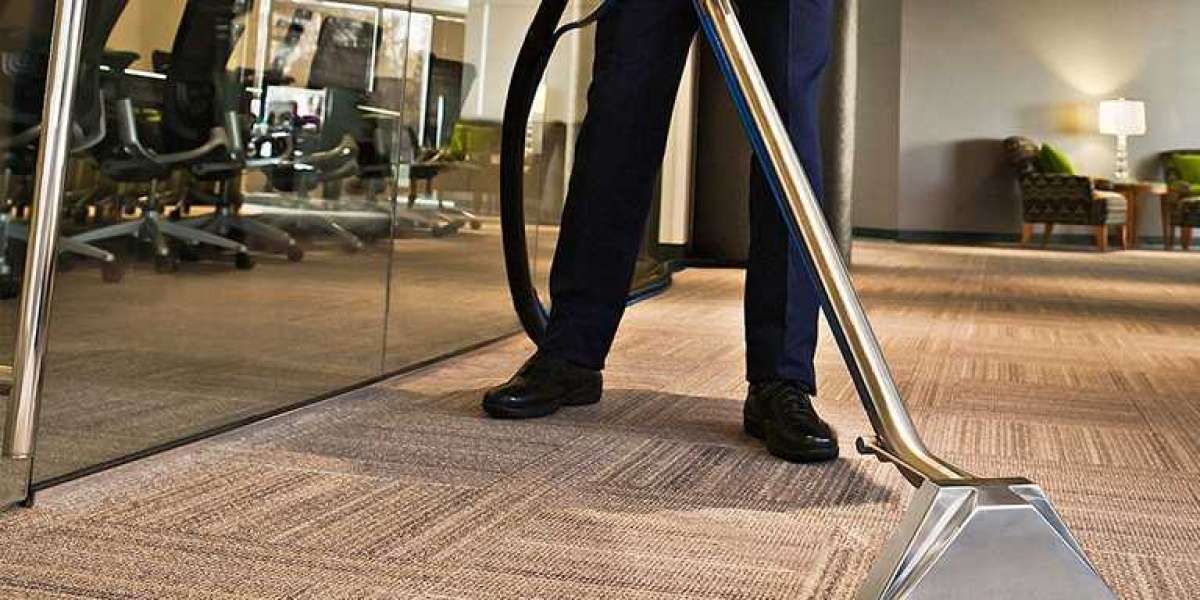Unlock a World of Sound: Discover the Secret to Enhanced Hearing Today!
Hearing is one of the most vital senses we possess, allowing us to connect with the world around us. However, for many, hearing loss can significantly impact daily life, affecting communication and social interactions. This can lead to feelings of isolation and frustration. Fortunately, advancements in technology have made it possible to regain clarity in sound through devices like hearing aid receivers. These innovative tools act as a bridge, amplifying sounds and enhancing our ability to engage with our environment. In this article, we will explore the options available for hearing aid receivers, helping you make informed decisions to improve your hearing experience.

Understanding Hearing Aid Receivers
A hearing aid receiver is a crucial component of hearing aids, responsible for converting electrical signals into sound. This small yet powerful device takes the processed sound from the hearing aid and amplifies it, allowing the user to hear more clearly. The functioning of a hearing aid relies heavily on the quality and efficiency of its receiver. When sound waves enter the hearing aid, they are captured by the microphone, processed, and sent to the receiver, which then produces sound that is delivered into the ear canal. A well-functioning receiver is essential for maximizing the benefits of hearing aids, ensuring that users can enjoy conversations, music, and the world around them without struggle.
Types of Hearing Aid Receivers
There are several types of hearing aid receivers available on the market, each designed to cater to different hearing needs and preferences. Understanding these types can help you choose the one that best suits your lifestyle and level of hearing loss. Each type comes with its own set of features and advantages, ensuring that users can find a solution that fits their unique requirements. From discreet designs to more powerful options, there’s a hearing aid receiver for everyone.
Receiver-in-Canal (RIC)
Receiver-in-Canal (RIC) hearing aids are known for their sleek and discreet design. The receiver is placed in the ear canal, while the main body of the hearing aid sits comfortably behind the ear. This design allows for a more natural sound experience and is particularly suitable for individuals with mild to moderate hearing loss. RIC hearing aids are often equipped with advanced features, such as noise reduction and Bluetooth connectivity, making them a popular choice among users who value both aesthetics and functionality.
Behind-the-Ear (BTE)
Behind-the-Ear (BTE) hearing aids feature a larger casing that rests behind the ear, connected to a custom ear mold that fits in the ear canal. This type of hearing aid is versatile and can accommodate various levels of hearing loss, from mild to profound. BTE devices often provide more amplification and battery life compared to smaller models. Additionally, they are easier to handle and maintain, making them an excellent option for elderly users or those with dexterity issues.
Factors to Consider When Buying a Hearing Aid Receiver
When selecting a hearing aid receiver, several factors should be taken into account to ensure you choose the right product for your needs. First and foremost, consider the severity of your hearing loss; this will influence the type of receiver that will be most effective for you. Your lifestyle is another critical factor; for instance, if you lead an active life, you may prefer a more robust and durable model. Comfort is essential as well, as you will be wearing the device for prolonged periods. Finally, take note of the technology features available, such as connectivity options and sound processing capabilities, as these can greatly enhance your listening experience.
Where to Purchase Hearing Aid Receivers
Purchasing a hearing aid receiver can be done through various channels, including audiologists, online retailers, and specialized hearing aid clinics. Consulting with a professional audiologist is highly recommended as they can provide personalized recommendations based on your specific hearing needs and lifestyle. They can also assist in fitting the device correctly and ensure that it is adjusted for optimal performance. Online retailers provide convenience and a wide selection of options, but it’s crucial to do thorough research and read reviews before making a purchase. Hearing aid clinics often offer a combination of in-person consultation and a range of products, ensuring you find the right fit.
Maintaining Your Hearing Aid Receiver
Additionally, maintaining your hearing aid receiver is essential. Regular check-ups can help identify any performance issues early on. Keep the receiver free from debris or dust, and consider using a protective cloth to wipe it down. Avoid moisture and store the device in a safe place when not in use. Using batteries that are in good condition can also prolong the life of your hearing aid receiver.
Empowering Hearing Through Knowledge
In summary, hearing aid receivers play an integral role in enhancing our ability to hear and engage with the world. Understanding the different types available, the factors to consider when purchasing, and the importance of maintenance can empower you to make an informed decision. By thoughtfully evaluating your options, you can find a hearing aid receiver that meets your needs and significantly improves your quality of life. Embracing the benefits of enhanced hearing not only fosters better communication but also enriches your overall experience of life.







